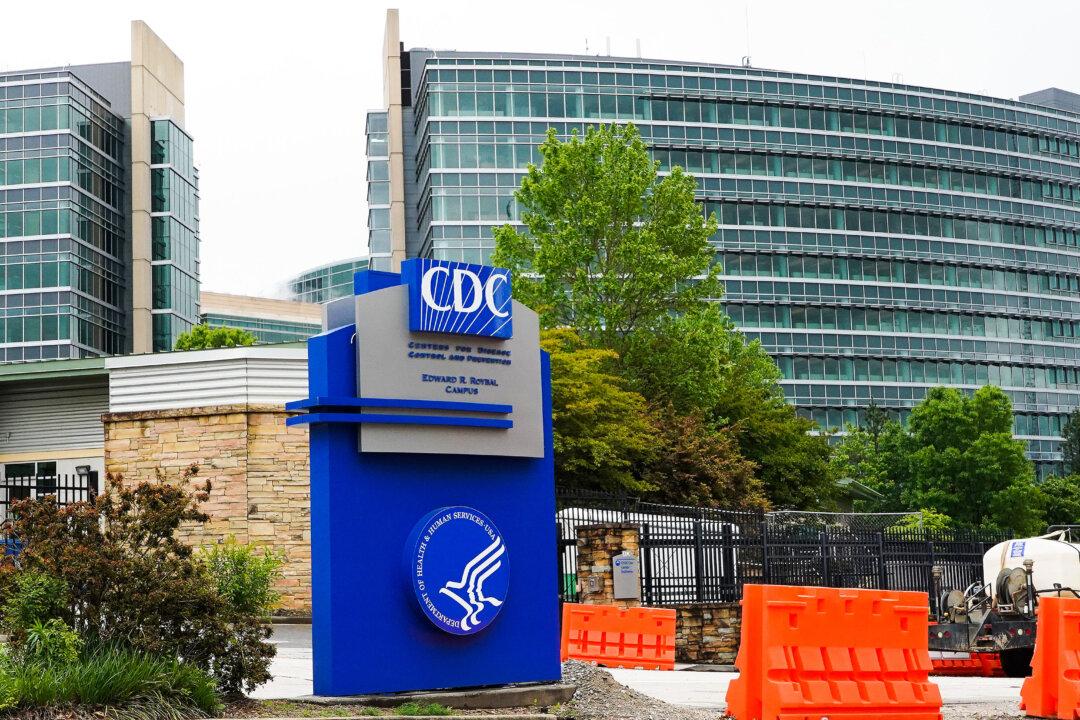After more than three years, the U.S. COVID-19 public health emergency ended on Thursday, May 11.
Earlier this year, the White House announced that it would end the emergency as COVID-19 hospitalizations and deaths have been at their lowest levels since March 2020. Based on a fact sheet issued by the Department of Health and Human Services (HHS), many Americans likely won’t notice the emergency is ending as it primarily impacted Medicare waivers and related services, coverage for COVID-19 testing, virus surveillance, and changes to the Public Readiness and Emergency Preparedness (PREP) Act.





